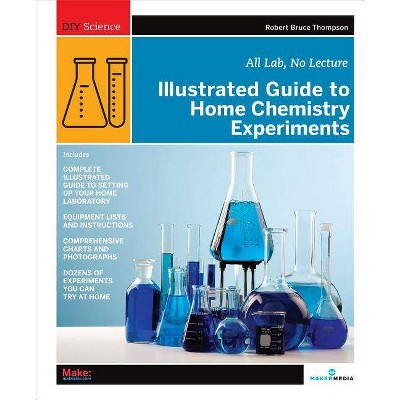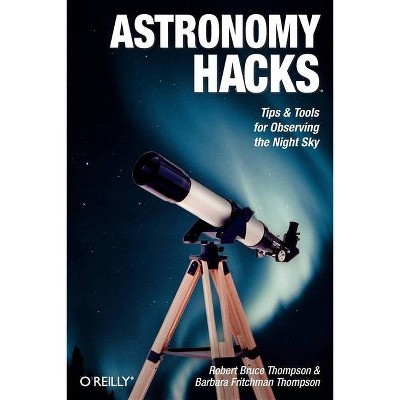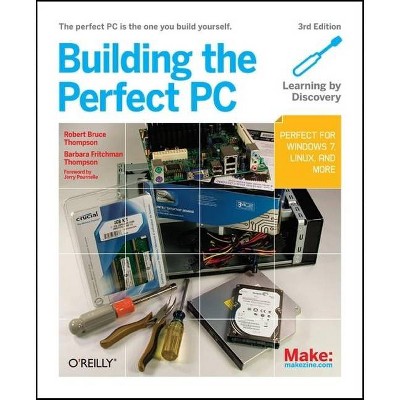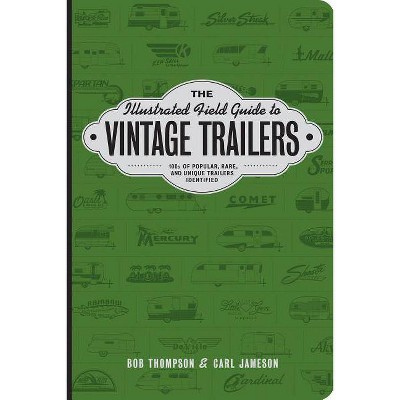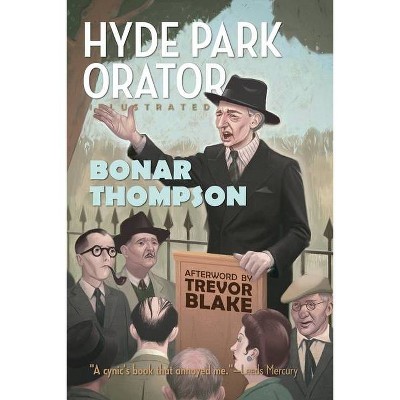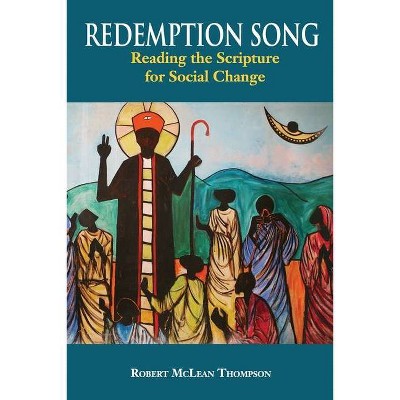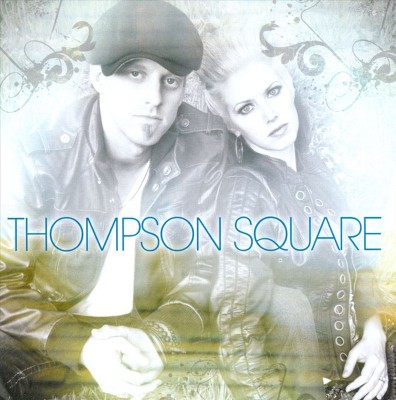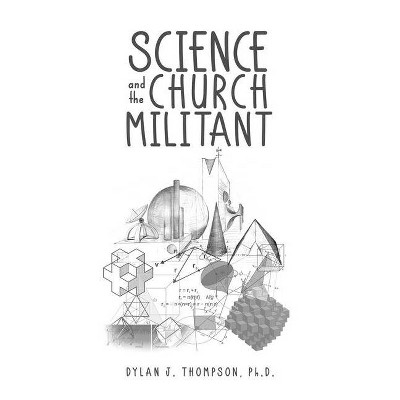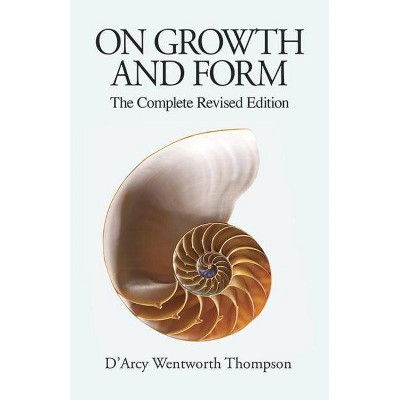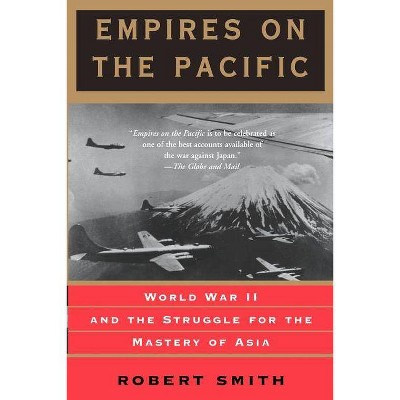Illustrated Guide to Home Biology Experiments - (DIY Science) by Robert Bruce Thompson & Barbara Fritchman Thompson (Paperback)
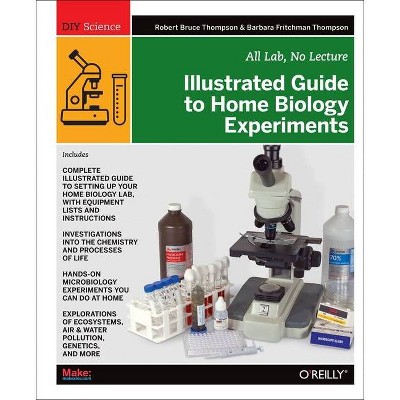
Similar Products
Products of same category from the store
AllProduct info
<p/><br></br><p><b> About the Book </b></p></br></br>This hands-on introduction includes dozens of educational (and fun) biology experiments that let readers explore this fascinating field on their own. Perfect for middle- and high-school students and DIY enthusiasts, this full-color guide teaches readers the basics of biology lab work and shows them how to set up a safe lab at home.<p/><br></br><p><b> Book Synopsis </b></p></br></br><p>Experience the magic of biology in your own home lab. This hands-on introduction includes more than 30 educational (and fun) experiments that help you explore this fascinating field on your own. Perfect for middle- and high-school students and DIY enthusiasts, this full-color guide teaches you the basics of biology lab work and shows you how to set up a safe lab at home.</p><p>The <i>Illustrated Guide to Home Biology Experiments</i> is also written with the needs of homeschoolers firmly in mind, as well as adults who are eager to explore the science of nature as a life-long hobby. To get the most from the experiments, we recommend using this guide in conjunction with a standard biology text, such as the freely downloadable <i>CK-12 Biology</i> (ck-12.org).</p><ul><li>Master the use of the microscope, including sectioning and staining</li><li>Build and observe microcosms, soda-bottle worlds of pond life</li><li>Investigate the chemistry of life from simple acids, bases, and buffers to complex carbohydrates, proteins, lipids, enzymes, and DNA</li><li>Extract, isolate, and observe DNA</li><li>Explore photosynthesis, osmosis, nitrogen fixation, and other life processes</li><li>Investigate the cell cycle (mitosis and cytokinesis)</li><li>Observe populations and ecosystems, and perform air and water pollution tests</li><li>Investigate genetics and inheritance</li><li>Do hands-on microbiology, from simple culturing to micro-evolution of bacteria by forced selection</li><li>Gain hands-on lab experience to prepare for the AP Biology exam</li></ul><p>Through their company, The Home Scientist, LLC (thehomescientist.com/biology), the authors also offer inexpensive custom kits that provide specialized equipment and supplies you'll need to complete the experiments. Add a microscope and some common household items and you're good to go.</p><p/><br></br><p><b> About the Author </b></p></br></br><p>Robert Bruce Thompson is a coauthor of Building the Perfect PC, Astronomy Hacks, and the Illustrated Guide to Astronomical Wonders. Thompson built his first computer in 1976 from discrete chips. It had 256 bytes of memory, used toggle switches and LEDs for I/O, ran at less than 1MHz, and had no operating system. Since then, he has bought, built, upgraded, and repaired hundreds of PCs for himself, employers, customers, friends, and clients. Robert spends most clear, moonless nights outdoors with his 10-inch Dobsonian reflector telescope, and is currently designing a larger, computerized, truss-tube Dobsonian that he plans to build.</p><p>Barbara Fritchman Thompson is, with her husband Robert, the co-author of numerous books about computers, science, and technology. With her Masters in Library Science and twenty years' experience as a public librarian, Barbara is the research half of our writing team.</p>
Price History
Price Archive shows prices from various stores, lets you see history and find the cheapest. There is no actual sale on the website. For all support, inquiry and suggestion messages communication@pricearchive.us
